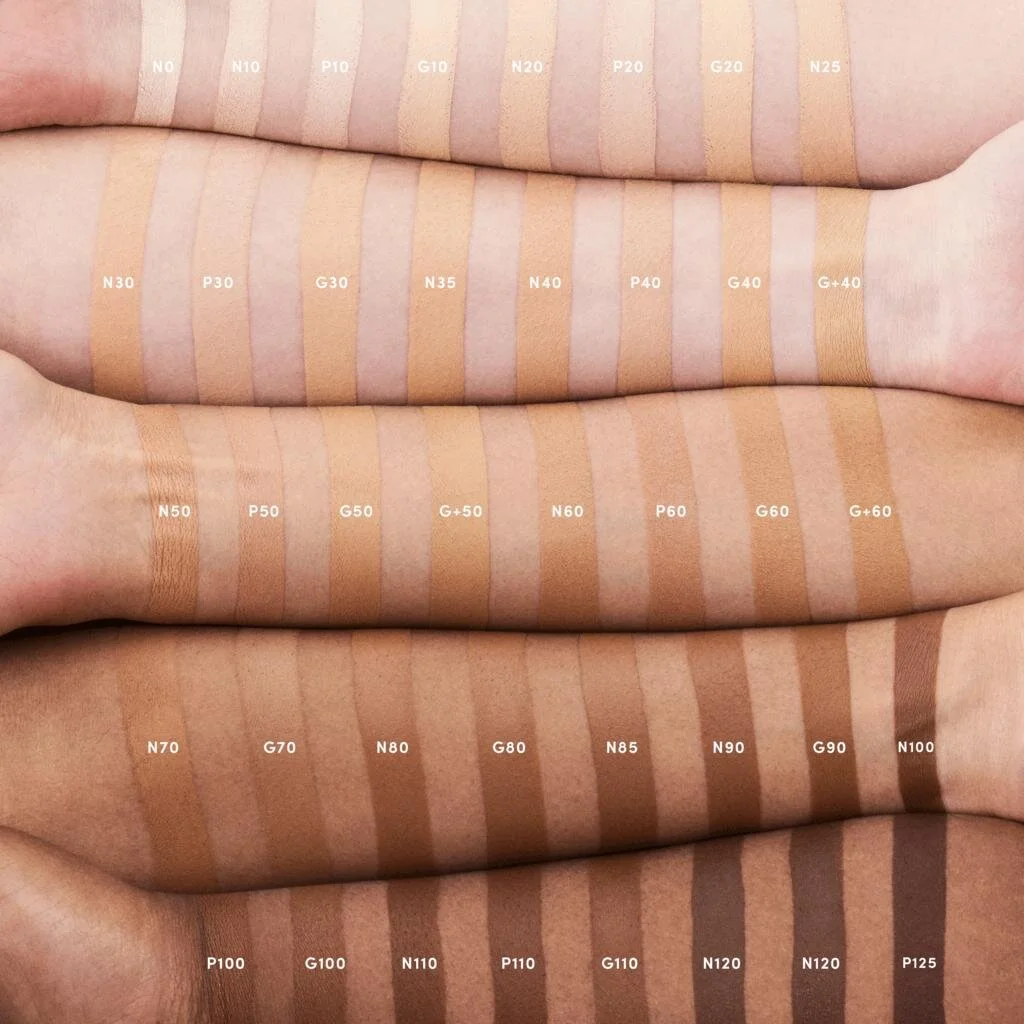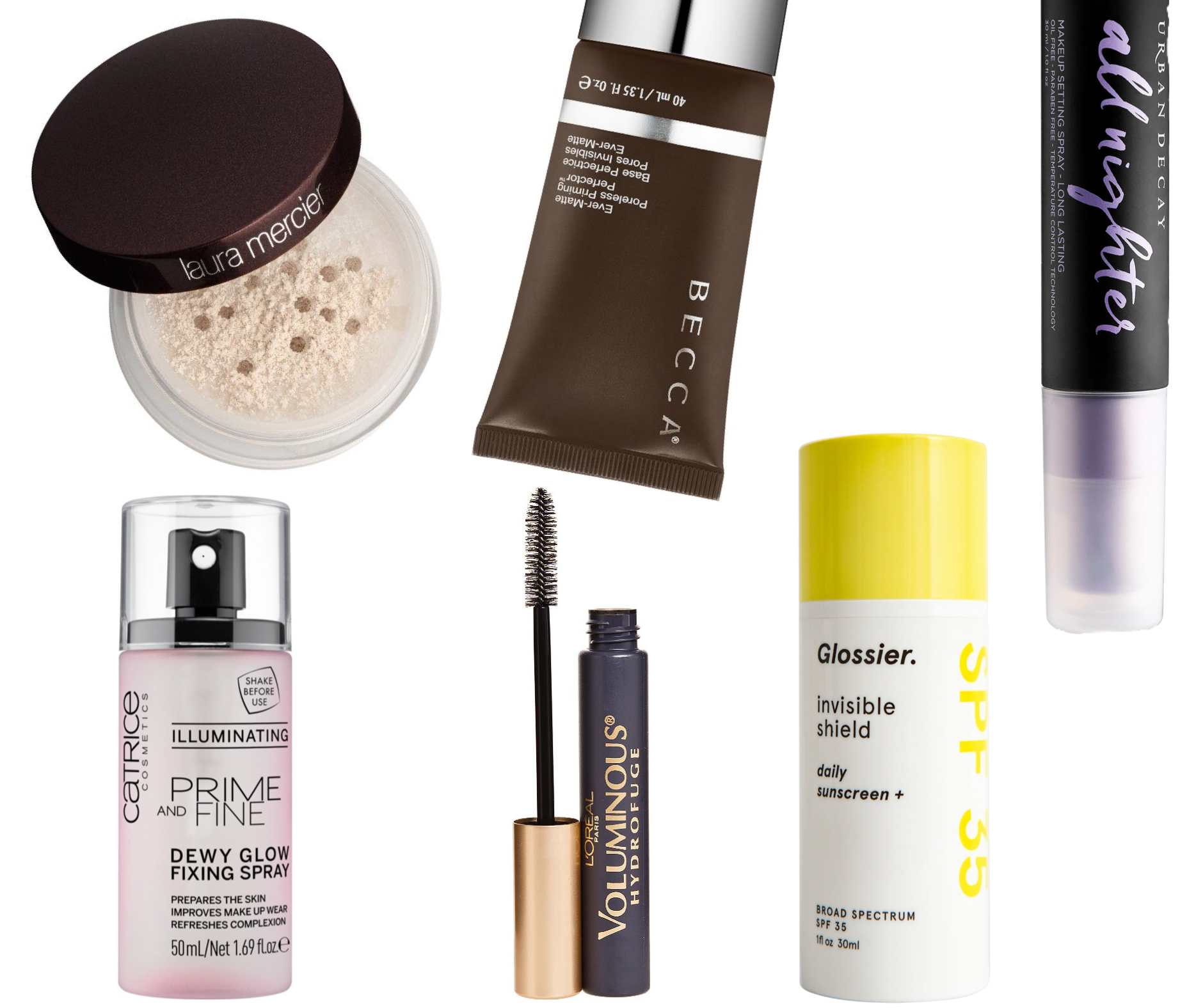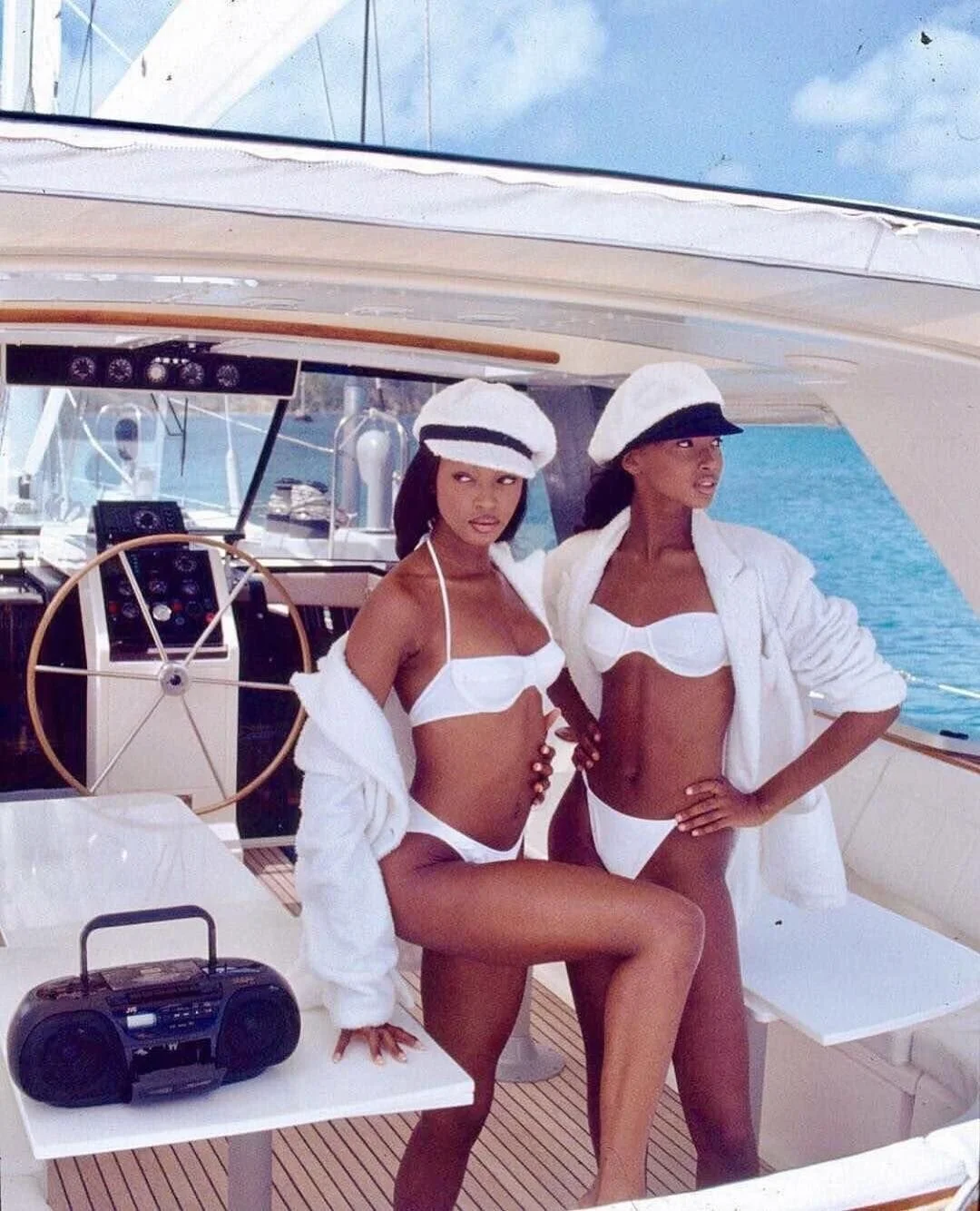Are Luxury Foundations Better than Drugstore? A Cosmetic chemist answers Beauty questions
Cosmetic Chemist Vic Casale and Phelisha
Ever wonder if luxury foundations are truly superior to their drugstore counterparts? Or how beauty brands create a variety of foundation shades? There’s so much more that goes into the creation of your favorite beauty products than you think. That’s why I spoke with cosmetic chemist and beauty industry legend Vic Casale to get some insider information.
I don’t use the term “legend” lightly – Vic Casale is truly a beauty industry legend. If you don’t know him by name, there’s a very good chance you’ve used one of the iconic brands he’s worked on. He led the team at MAC Cosmetics as the founding chemist for over 15 years, then co-founded CoverFX in 2000. Most recently, he brought Crayola’s “Colors of the World” collection to life, formulating 24 skin-tone crayon shades. He’s also the founder of MOB Beauty and Pure Culture Beauty (both launching Fall 2020).
Here’s what he had to say about some common questions I see about the beauty industry.
How are foundations made and tested?
Nowadays, there are computers that help, but in the old days you just had to use your eye. So I would look at you and think, I’m going to add this much black, this much yellow, and this much red and from experience I would get in the ballpark and then I would just tweak it. There are 4 main pigments that the industry uses: black, red, yellow and white. With those 4 pigments I can make most shades. Some people use blue for deeper tones, but that sometimes comes out looking ashy. Sometimes I use green, but that’s my little secret.
To test colors, I would go to places where I would find diverse skin shades. Once I took my team to Humber College in Toronto where we set up in front of the lunch hall [and pulled people to test randomly]. There are people from all over the world at that college, every shade. I’d bring them in and just experiment.
At CoverFX, we had 40 shades and I had 40 shade models. People who have experience will just do it by eye, people who want to be precise will use a computer. I always use both.
Q: Are luxury foundations really better than drugstore foundations?
Contrary to popular belief, you can’t just spend more and get more. There’s a point where you are adding to the cost, but incrementally improving the product. When you’re formulating liquid makeup, you start with the cheaper oils and then you add fillers like mica or zinc oxide. As you start to make it better, you add emollients, waterproofing ingredients, and more pigment. Then you can add antioxidants and “good for you” ingredients, but eventually, you start to hit the curve where you’re adding a bunch of expensive stuff [and] you’re not really making a difference. You want to pick companies that are formulating so that you, the consumer, are getting the most bang for your buck.
Q: What comes first: the product or the marketing around the product?
I would like to say science is the driving force of the beauty industry, but it’s really marketing. There have been times where we’ve created something in the lab and the science behind it is really amazing, but marketing didn’t have a place for it. Oftentimes, marketing comes to me with a concept and I try to figure out a way to make it happen. Science is usually trailing marketing.
Q: What does it mean for cosmetics to be “natural”?
The term “natural” isn’t regulated in the beauty industry and every person has a different definition of what “natural” means. Here’s an example I’ve been using for 30 years: A chicken lays an egg, is that egg natural? If I take that egg and I cook it, is it natural? Chemically it’s totally different from the egg that came out of the chicken. Some people would argue it’s no longer natural because you’ve altered it from its original state. What I like to use is the term “degrees of naturalness.” How many degrees away from its natural true state have you modified it?
A lot of times, chemists have to modify natural oils because it makes them more stable, they smell less, they last longer, and they’re just one or two degrees away from natural. Another option is synthetics, which is generally using petroleum based starting ingredients. If I wanted to make Squalene for example,I would use elements of petroleum based starting materials along with natural materials or you could just extract it from olive oil. Interestingly silicone is made primarily from silica found in sand, it comes from the earth, it’s sand and oxygen and usually carbon. But silicone doesn’t break down which is considered not good. So natural is in the eye of the beholder, just like beauty is in the eye of the beholder.
Q: How is MOB Beauty doing things differently?
At MOB Beauty, we are committed to people, the planet, and creating a quality product. One of the reasons we can do things differently is because we are not following the traditional model of the industry. One example is our approach to packaging. Say you buy lipstick, generally you pay for the package and the product. At MOB Beauty the package and the product will come separately. When you replenish, you will buy a refill only and not the entire package each time. By only buying the package once, you minimize waste significantly. It’s a better product for the customer and it’s also better for the planet. We are also really excited to be creating pro-quality clean formulas.
What beauty myths would you like to debunk? Comment below!









